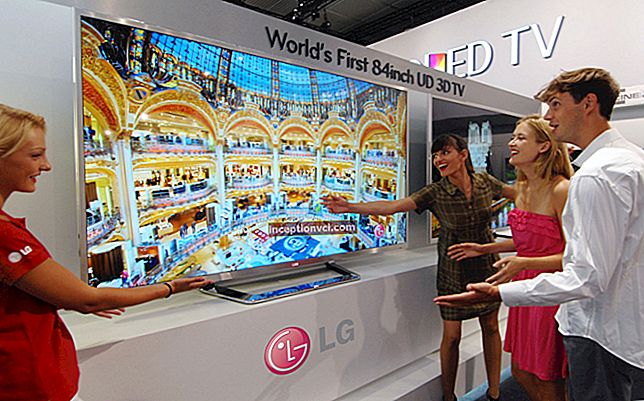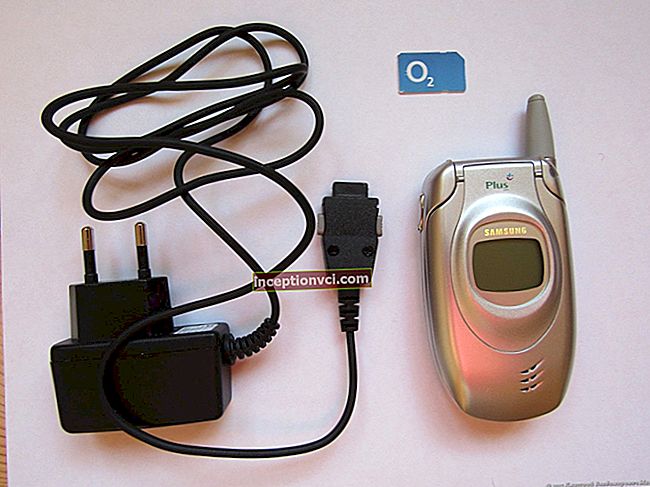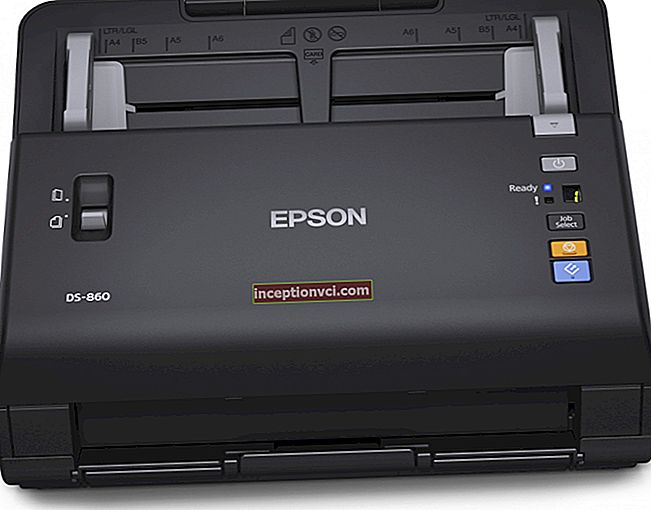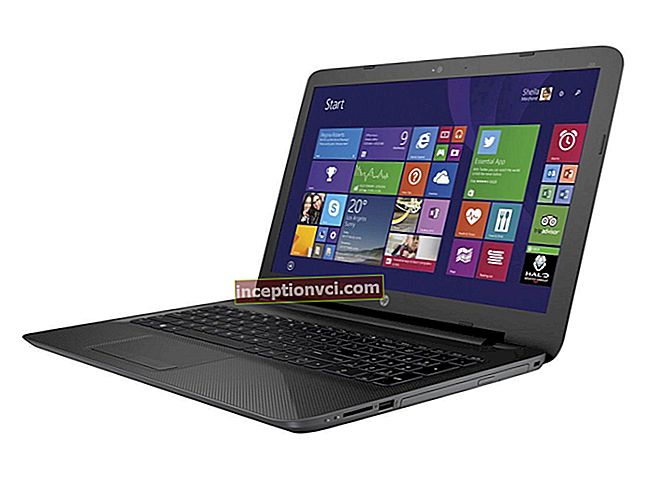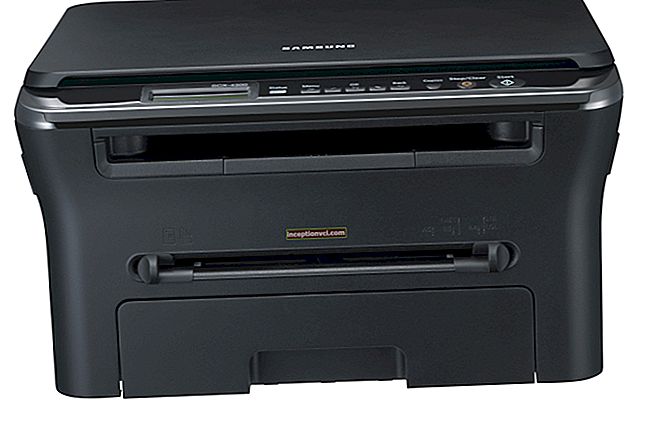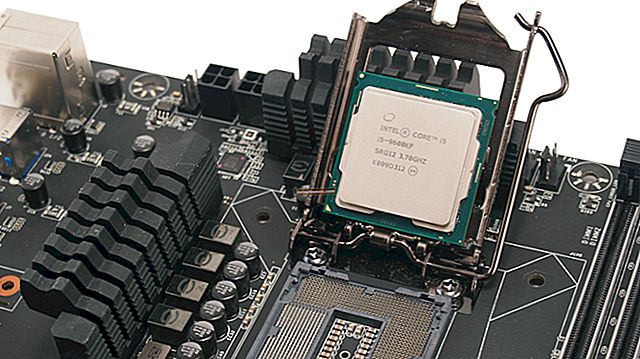It is difficult to imagine all the amount of batteries and accumulators that are sold every day by shops, kiosks and markets. Most buyers take batteries for themselves as a load for basic goods or just for delivery. Almost no one pays attention to inscriptions, drawings, expiration dates, often - even to the manufacturer. In most cases, all that interests an ordinary buyer is the size and number of pieces required for the operation of a particular device.
There are a lot of types of batteries, so a detailed review of such products can inevitably turn into a jumble of abbreviations and numbers. In addition, manufacturers, forgetting about generally accepted norms, try to stand out at least in something and introduce new letters and designations into the names of their products. Therefore, in today's article we will go over the market of accumulators and batteries briefly, outlining only the main features.

Let's start with the fact that batteries are disposable (galvanic) and reusable (batteries). It would seem that everything is very simple. Why constantly buy disposable and short-lived batteries when you can recharge the battery? Maybe it is true, only the eternal law of economy is at work. The price of batteries is usually much higher. The buyer faces a dilemma: overpay now or postpone costs for the future. Most people debug this way N the number of times.
In other words, reusable batteries are purchased only when users are sure that their digital equipment (camera, for example) or device (flashlight) will be used 100%. Then it's certainly not a pity to spend money on an additional charger. Of course, it is not advisable to buy batteries for watches or children's electronic toys. The former will successfully manage with ordinary batteries, since they are not actually drained, while the latter often break faster than the charge runs out.
Inside, batteries also often differ in the type of filling, although outwardly this difference cannot be noticed. We advise you not to forget to read the inscriptions on the batteries themselves, packaging, or at least on the price tags. Dry, alkaline, lithium. It is not necessary to disassemble each battery, just look at the designation. The most common of all are dry (R) and alkaline (LR). The latter often bear the inscription "Alkaline".
Usually, the one that costs less is chosen from the two types. That is why salt cells are now sold on the market and quite widely. But, as you know, they are not particularly reliable in work. Low temperatures and heavy loads, which “drain” the charge instantly, are the most destructive for such batteries. The capacity of such elements is 500 mAh for the little fingers and 1000-1100 mAh for the finger ones. The best use for the salt cell is generally considered to be any wall clock, wireless keyboards, or not-so-nimble children's toys.
Alkaline batteries are more resistant to low temperatures and heavy loads. Of course, this ability is reflected in the cost. Due to the fact that an alkaline electrolyte is used inside, the energy consumption is greatly increased (for AA and AAA - twice, 2700 and 1200 mAh) and the shelf life (up to seven years). It is not difficult to assess the advantages of alkaline elements, because at an average price they will last much longer.
Mercury and lithium batteries are also sold. With mercury, everything is clear: although the capacity indicators are high, the elements are too hazardous to health to be widely used. It is not for nothing that on many batteries you can find the corresponding inscription in English - "No Mercury Added". Lithium cells are also good for everything except cost.Buying such batteries for a player or children's toy is not a cheap pleasure. And you won't see much difference. Basically, such batteries need to be purchased for powerful digital equipment, such as cameras with flash. The shelf life is about ten years.
Having dealt with the "minced meat", let's talk about the appearance, or rather, about the form factor and size. Most batteries operate with a nominal voltage of 1.5 or 3 V, with the most popular being cylindrical and push-button sizes.
A cylinder is a classic type of battery. Where there is a positive electrode (+), manufacturers make a characteristic protrusion, and on the back side (-) - a flat area. The most common are finger (AA) and little finger (AAA) batteries. You can get hold of them almost everywhere, from online stores to the city market. And, of course, the vast majority of children's toys, digital cameras, household appliances and other battery-powered products are designed specifically for these standard sizes.
Miniature push-button options ("pills") are also widely used, but most often in equally compact devices (microcalculators, wristwatches, key chains, and so on).

Of course, the manufacturers did not officially provide any adapters. If your remote control operates from two "fingers", then no tricks (without loss of comfort) can make it work on AAA batteries. Equally unrealistic is the process of installing any cylindrical battery in a wristwatch. If you made the wrong choice and bought the wrong thing, the main thing is not to forget to use the purchase within the expiration date, because, although it is long, it is not endless.
Disposable products of advertised brands can significantly hit the wallet. For those who use appliances with high energy consumption in everyday life, we still recommend buying batteries.
Externally, rechargeable batteries are similar to conventional batteries, but they can be recharged. There are many types of such batteries, and in this review we will focus on only a few.
The most popular batteries are Nickel Cadmium (NiCd). These elements work well in the cold, are resistant to short circuits, recharge quickly and can withstand about 1000 charges. The pluses also include the average level of cost and long shelf life. The main disadvantage is the so-called "memory effect": batteries remember the level of incomplete discharge, charging and discharging cycles are accelerated. To avoid this situation, it is not recommended to constantly recharge these cells when they are not fully discharged.
Ni-MH (nickel metal hydride) batteries were invented back in the 70s of the twentieth century as a replacement for nickel-cadmium batteries. As a result, the "memory effect" practically disappeared, but even now Ni-MH is highly dependent on storage conditions (charged batteries must be stored in the refrigerator). This type of battery works "all the way", after which it is instantly discharged. The main advantage over NiCd is its increased capacity.
The most promising, but at the same time expensive option is considered to be a lithium-ion battery (Li-Ion). Such elements are widely used in mobile phones, digital cameras, and other portable devices. It is clear that all of them are not made in the standard cylindrical style and have little resemblance to classic batteries.
Almost all electronics lovers know the main manufacturers of batteries. First of all, the American brand Duracell (Procter & Gamble Corporation), a leading manufacturer of standard size alkaline batteries, comes to mind. Their products are among the most expensive in their class. The ad says Duracell lasts 40% longer than other alkaline batteries. They also have a Power Check function that allows you to determine the current charge.
No less popular and in demand are the products of Varta (Germany), Energizer (USA, the company that first released an alkaline battery and held a leading position for a long time), Maxell (Japan, Hitachi corporation). The elements produced by Sanyo, Panasonic, Philips, GP, Sony are quite affordable, both in terms of cost and availability on the Ukrainian market. Naturally, many of the concerns of a wide profile of activity at one time set up the production of batteries for their own needs, but they do not give "stars from the sky" to customers. And, in fact, this is not necessary.
Finally, we will give you some practical tips that will hopefully help you extend the life of your batteries. Or, at least, they will not reduce it to a minimum.
When buying batteries, always check the expiration date. And the most important is the initial date of manufacture. Even if the batteries have been in a cold warehouse for six months, their performance will be below 100%.
Don't buy expensive items for devices with low power consumption, and cheap ones for "power hungry" digital cameras. We do not recommend buying with a large margin. Long-term storage will not work better.
Always follow the order in which the elements are installed. Of course, it is very difficult to make a mistake here, but sometimes children or inattentive people use the technique. Such experiments can damage devices. It often happens that used batteries can be found among children's toys. This is unacceptable, and this fact, we hope, cannot be explained. Finally, many people forget that if the device is not used for a long period of time, the batteries should be removed from it.
Happy choice!
